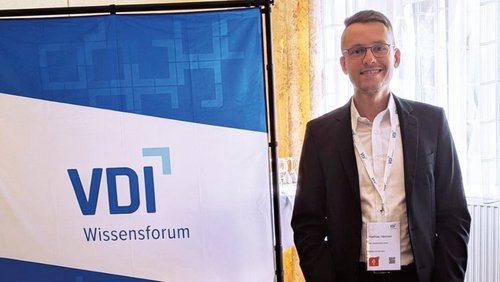Model for predicting high-temperature chlorine corrosion in waste incineration plants
22nd VDI Conference on Combustion and Boilers – Deposits and Corrosion in Large Combustion Plants

Together with Dr.-Ing. Warnecke (GKS Gemeinschaftskraftwerk Schweinfurt GmbH), Dr. Hämmer (bifa) presented a mathematical-physical model for calculating and predicting steady-state high-temperature chlorine corrosion of evaporator and superheater tubes in power plants using alternative fuels at this year‘s VDI conference.
High-temperature chlorine corrosion is one of the main limiting factors for the service life and operating temperatures of power plants using alternative fuels such as household waste, substitute fuels or biomass. Complex heat extraction systems are present in the exhaust gas stream, which are exposed to corrosive flue gases and are therefore subject to severe corrosion.
In thermal power plants, increasing the pressure and temperature of the steam results in higher efficiency and thus a reduction in specific CO2 emissions. However, as the relevant performance temperatures increase, the corrosive attack increases exponentially. Corrosion results in damage to the evaporator or superheater tubes and thus in limited operating and service life and, in the worst case, unplanned downtime.